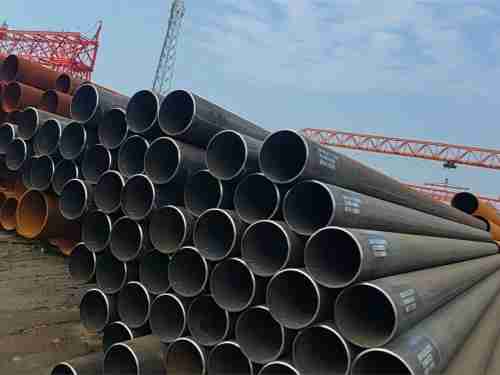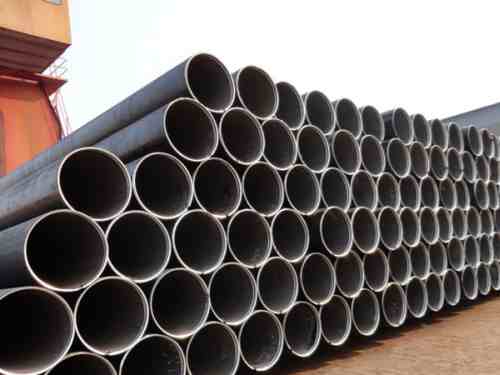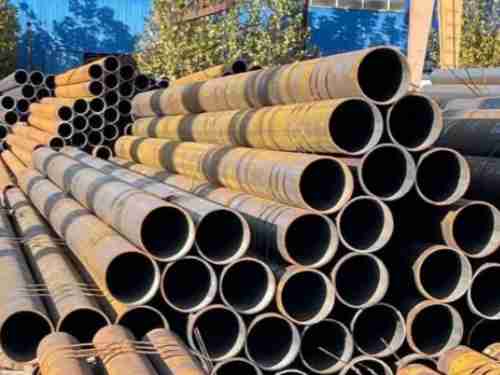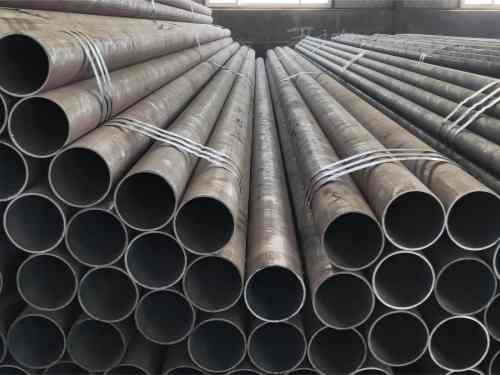Surface treatment plays a critical role in enhancing the performance and longevity of boiler tubes, which often operate in high-temperature, high-pressure, and corrosive environments. Proper surface treatment improves corrosion resistance, wear resistance, and resistance to high-temperature oxidation—key factors in maintaining the safety and efficiency of boiler systems. Below are some of the most commonly used surface treatment technologies for boiler tubes:
- Hot-Dip Galvanizing
This process immerses boiler tubes in molten zinc, forming a protective zinc-iron alloy coating. It offers excellent corrosion resistance, particularly in humid or chemically aggressive environments. Hot-dip galvanizing is cost-effective and suitable for large-scale applications.
- Electroplating
Electroplating deposits a layer of metal—such as nickel, chromium, or zinc—onto the tube surface via an electric current. This enhances corrosion and wear resistance while improving aesthetics. Though highly effective, it involves higher costs and environmental considerations.
- Electroless Plating
Unlike electroplating, electroless plating uses chemical reactions to deposit a metal layer, ensuring uniform coverage even on complex geometries. Common materials include nickel and copper. It offers excellent durability but at a higher cost and with a more complex process.
- Sandblasting
A mechanical treatment that blasts abrasive particles onto the tube surface to remove rust, scale, and contaminants. It also improves surface roughness for better coating adhesion. While simple and cost-effective, care must be taken to avoid damaging the substrate.
- Phosphating
Phosphating forms a thin phosphate film on the tube surface by chemical immersion. It enhances corrosion resistance and promotes paint adhesion. Although economical and easy to apply, its protective capability is relatively limited.
- Oxidation Treatment
This method creates an oxide film on the tube surface through chemical or electrochemical means. It improves corrosion and heat resistance. While the process is mature and low-cost, the oxide layer is generally thin and may require additional protection.
- Coating Technologies
Organic or inorganic coatings—such as epoxy, polyurethane, or ceramic—are applied to the surface to provide high-level protection against corrosion, wear, and thermal degradation. Ceramic coatings, in particular, are ideal for high-temperature environments, though the process is complex and costly.
- Laser Surface Treatment
Using a high-energy laser beam, this method modifies the microstructure of the tube surface, increasing its hardness and wear resistance. It offers excellent precision and performance but requires advanced equipment and expertise.
- Ion Implantation
This high-tech process introduces high-energy ions into the surface layer, improving hardness, corrosion resistance, and wear performance. It is clean and effective but involves significant equipment investment and technical complexity.
- Carburizing and Nitriding
These thermochemical treatments diffuse carbon or nitrogen into the surface, forming a hard, wear-resistant outer layer. They are ideal for components exposed to mechanical stress and corrosive environments. However, both methods are time-intensive and costlier.
Conclusion
Selecting the right surface treatment for boiler tubes depends on the operating conditions, required durability, and budget. When applied appropriately, surface treatment significantly enhances the tube’s resistance to corrosion, wear, and thermal degradation—ultimately extending service life and ensuring the reliable operation of boiler systems.

 English
English Español
Español











